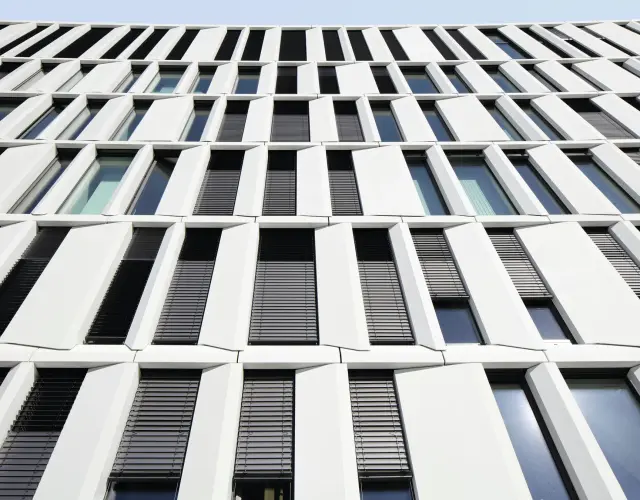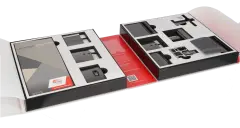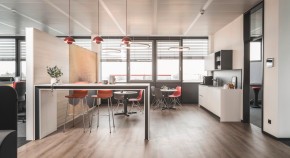
Architecture designed with sunlight Resources for Architects and Planners
WAREMA has been synonymous with intelligent sun shading solutions and smart control systems for decades. The high-quality and well-designed products are customised, sophisticated, well thought-out and help to reduce energy costs and CO₂ emissions. We support architects and planners with project-specific solutions throughout the entire planning process - for a pleasant indoor climate and special outdoor living areas.

Award for WAREMA at the Architects’ Darling 2025
WAREMA receives gold in the sun shading category at the Architects’ Darling Award 2025.
The jury particularly recognized the quality, design variety and innovative strength of WAREMA's sun shading solutions.
On November 6, 2025, the prestigious ARCHITECTS' DARLING Awards were presented for the 15th time. Since 2011, this annual event has become a key highlight in the world of architecture and construction – often referred to as the “Oscars of the building industry.”
Photo: Warema/Heinze GmbH, Marcus Jacobs
Digital planning and construction – support from concept to completion
Discover the central hub for your digital planning: myWAREMA offers a variety of interactive planning aids, drawings, tender specifications, comprehensive product documentation, and a project view for managing your planning components – all to design your projects effectively and professionally.

Let us inspire you
Discover the wide range of WAREMA products and order free samples and application examples. View our products in manageable sizes before buying with the extensive WAREMA sample box . The reference book offers informative insights based on reference projects into how sun shading systems can make a major difference to the functionality, design and efficiency of buildings.
Product recommendations for diverse construction requirements
Installation drawings as PDF or DWG and matching specification texts available for download.
Your direct contact to us

Hotline for architects





